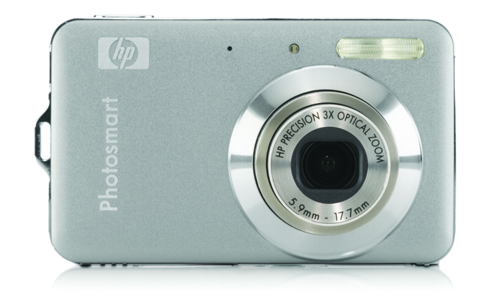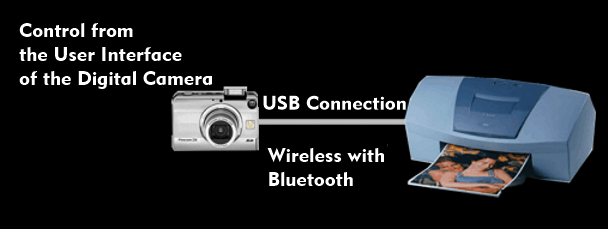digital still camera (DSC)
A digital camera is essentially the same as a normal camera. It consists of the lens and has an image sensor, a CCD sensor or a CMOS sensor instead of a film. Depending on the concept, a digital camera can be equipped with one sensor chip or with three sensor chips. Corresponding designs are called single-chip digital cameras and dreichip digital cameras. The individual images are stored on flash memory. A distinction is made between different types of digital cameras. In addition to the handy digital camera, there is the digital single-lens reflex camera( DSLR), which evolved from the single-lens reflex camera ( SLR), and the compactsystem camera( CSC), which has no mirror system.
Important characteristics of digital cameras
The most important criteria of a digital camera are derived from the light-sensitive recording devices: Light sensitivity, resolution and color depth. These parameters are constantly improving thanks to dynamic camera development. As far as light sensitivity is concerned, there are digital cameras with 1,000 ISO all the way up to 10,000 ISO. For shooting in the dark or for detail illumination, digital cameras are equipped with LED flashes.
The standard resolution values of digital cameras, from which the number of pixels is calculated, are 1,280 x 960 pixels (1.2 megapixels), 1,600 x 1,200 pixels (2 MP), 1,984 x 1,488 pixels (3 MP), 2,240 x 1,680 pixels (4 MP) and 2,560 x 1,920 pixels (5 MP). The color depths are 24 bit and 30 bit, respectively 8 bit and 10 bit per color.
In the upper class and industrial cameras, the number of pixels is 10 megapixels and far above. Digital cameras for professional use already reach 50 megapixels. The resolution of the 36.8 x 49.1 millimeter image sensor is 6,132 x 8,176 pixels. In high-resolution digital photography, we are already talking about gigapixels( GP).
Image formats of digital cameras
The image size of uncompressed data for standard digital cameras is between 3.6 megabytes( MB) and 40 MB, which can be stored in bitmap file format( BMP) or, better, compressed as JPEG, Tagged Image File Format( TIFF) or RAW format. JPEG offers compression that can reduce the relatively large files to only a few percent of the original file size. For example, typical compressed JPEG files range from 60 kilobytes( KB) to 80 KB. Image file formats, along with additional information for geotagging and shooting times, are stored in file formats such as International Press Telecommunications Council( IPTC), Exchangeable Image File( EXIF), and Extensible Metadata Platform(XMP). For geotagging, various digital cameras are equipped with GPS modules.
Flash memory or plug-in chips are available for storing compressed files. These include SD cards, smart media cards, compact flash cards and microdrives via the PC card adapter. Data is transferred from the digital camera to the computer via standardized interfaces such as the USB interface, parallel interface, SCSI interface or CameraLink( CL) with the Picture Transfer Protocol ( PTP). There is also the possibility of wireless photo transfer via WLAN. For this purpose, there are special SD cards with integrated WLAN, such as the Eye-Fi card or the FlashAir card. The cameras themselves can also be equipped with WLAN.
As a file format, digital cameras use the manufacturer-specific RAW format for their raw data or the pixel-based Flashpix( FPX) for processing.
In addition to processing digital photos in the computer, it is also possible to connect the digital camera directly to a color printer and print the photos without going through the computer. Direct printing methods include PictBridge and ImageLink.
Digital cameras and smartphones
Pocket cameras and smartphones are converging functionally, as a flat digital camera with integrated communication functions can be used as a communication device, and on the other hand, a smartphone with a space-saving liquid lens can be used as a digital camera.


